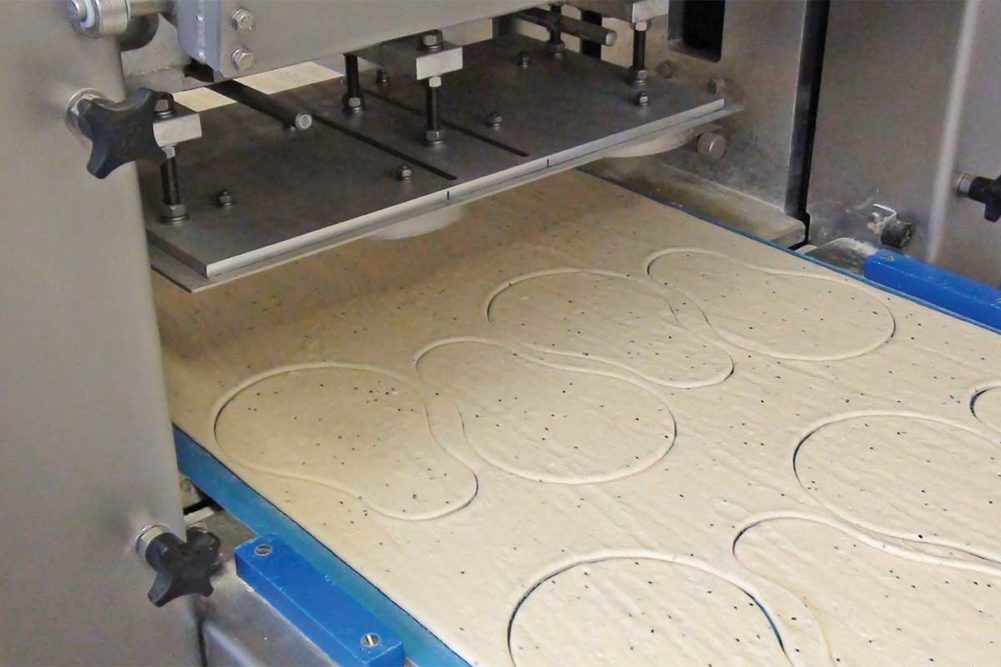The flatbread category is vast with a wide variety of sizes, shapes, textures and flavors. Product developers flex their creativity with new formats and uses for consumers.
“This has been a growing market for 40 years, but it’s become immensely popular in the past few years as more restaurant chains are offering more menu items featuring tortillas and flatbreads,” said Rich Wall, executive general manager, Sottoriva America. “If you look at the flatbread market with wraps, spinach wraps, tomato-based tortillas, there are so many more offerings in this category than ever before.”
As consumer acceptance and education around flatbreads has grown, the category has evolved.
“Flatbread started out in the United States as a vehicle for consumers to enjoy hummus, but now they are so much more than that,” said Nick Magistrelli, vice president of sales, Rademaker USA. “Flatbread is moving toward pizza and pizza toward flatbread; those two categories are beginning to overlap.”
With flatbreads and tortillas continuously evolving, bakery manufacturers have to ensure their production lines can keep up with the times. Luckily, the sheeting lines that produce most flatbreads can be designed to the highest level of flexibility.
“It’s a Swiss army knife of production lines because you can do so many things with it,” he said.
Just as with a real Swiss army knife, it’s critical bakers know what tools are available to them and how to configure the line to get the most products while still maintaining quality and volume.
This article is an excerpt from the April 2024 issue of Baking & Snack. To read the entire feature on Tortilla & Flatbread Processing, click here.





